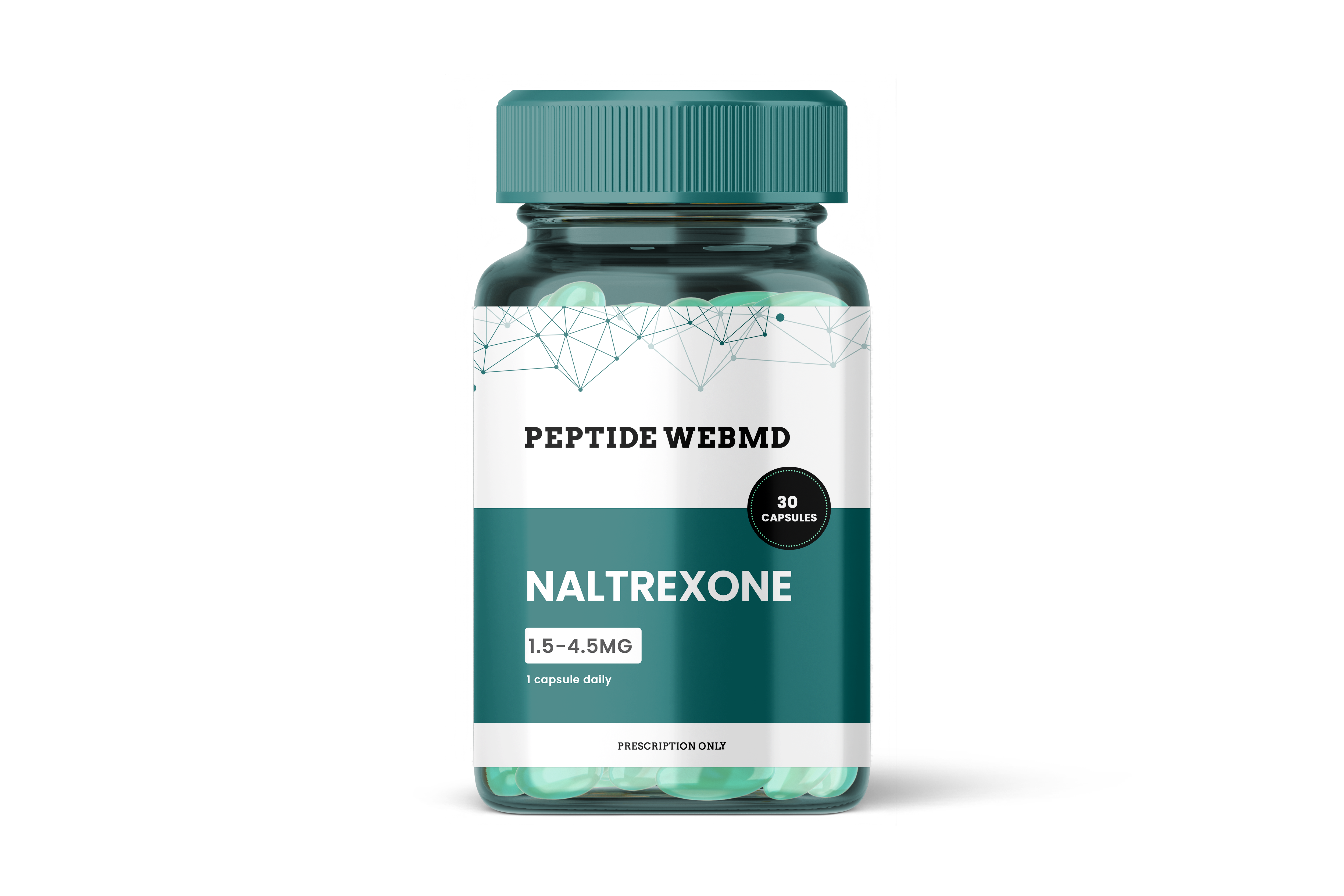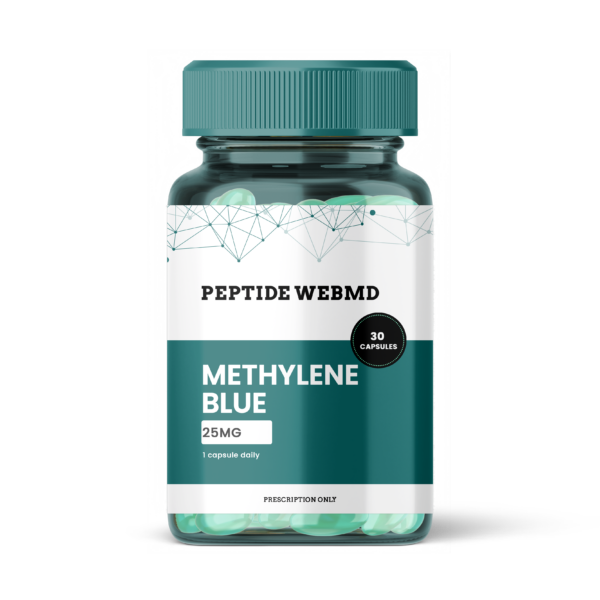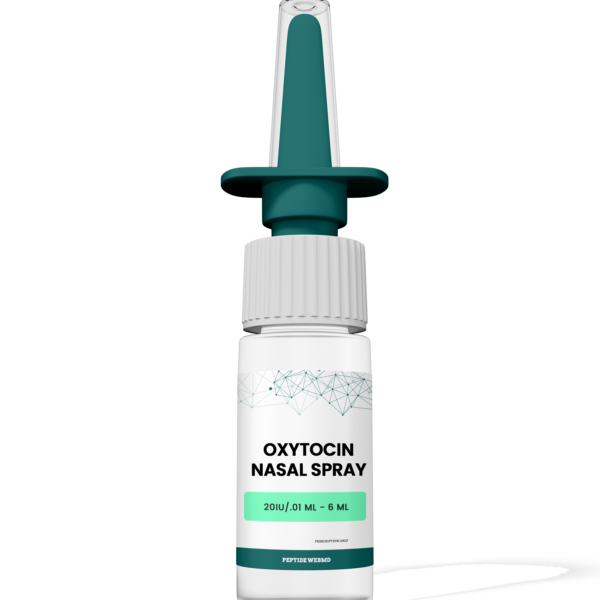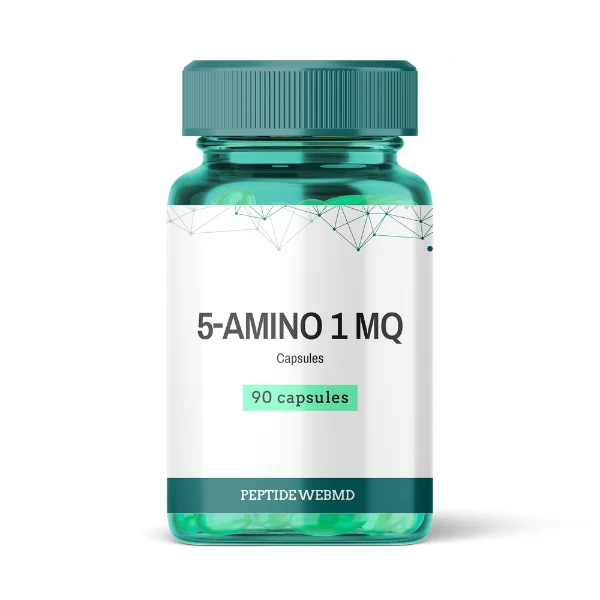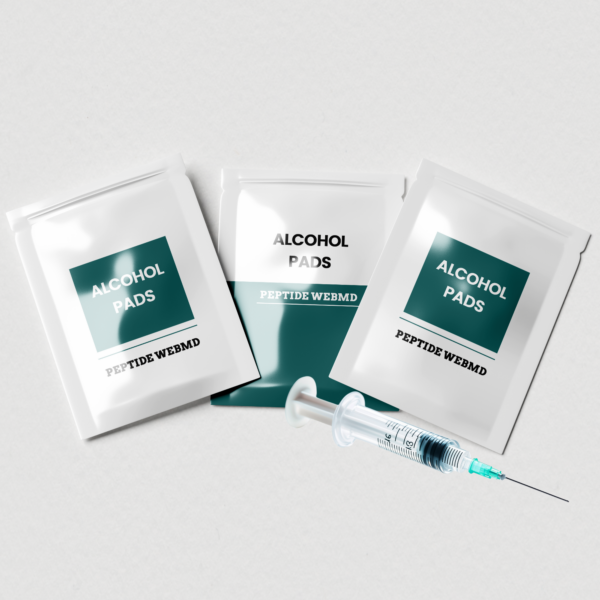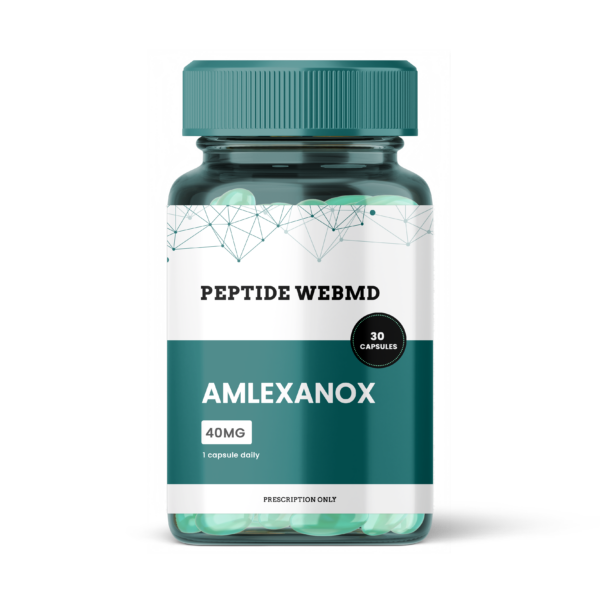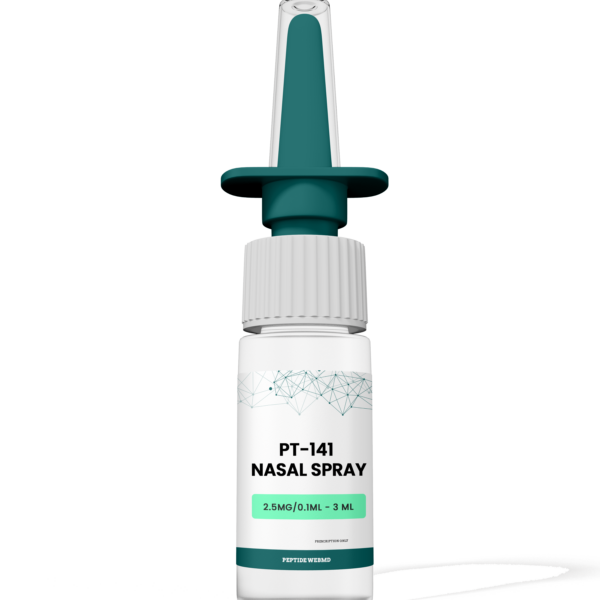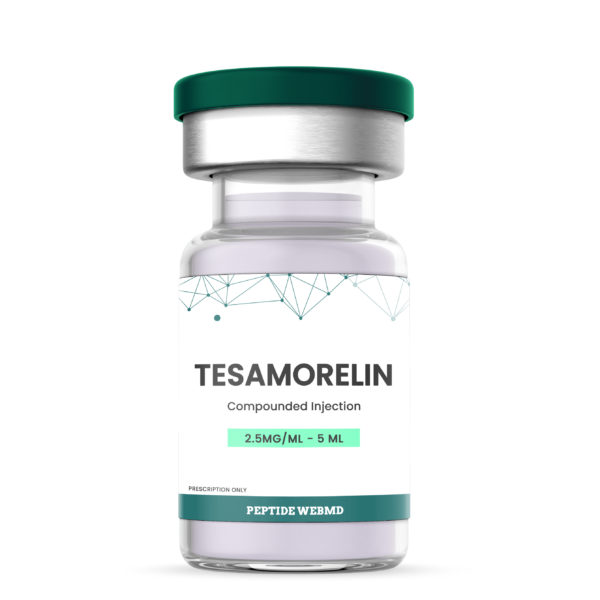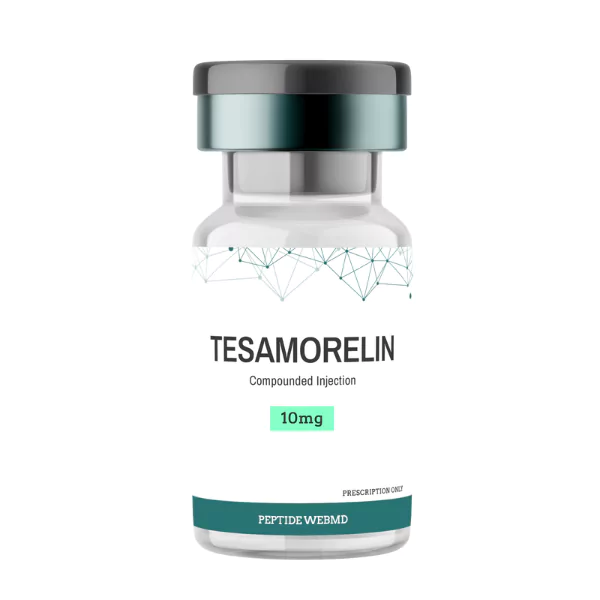Key Benefits
- Reduces Cravings in Addiction Recovery: Naltrexone is widely used to help manage alcohol and opioid dependence by blocking the pleasurable effects of these substances, making it easier to reduce usage.
- Supports Immune Modulation (Low Dose Naltrexone): At low doses, Naltrexone has shown promise in modulating the immune system, beneficial for autoimmune and inflammatory conditions.
- Helps Manage Chronic Pain: Low-dose Naltrexone (LDN) has been used experimentally to alleviate chronic pain, particularly in conditions like fibromyalgia, chronic fatigue syndrome, and multiple sclerosis.
- Mood Stabilization and Anti-Inflammatory Effects: By regulating endorphins, LDN may improve mood stability and reduce inflammation, supporting mental clarity and well-being.
Mechanism of Action
Naltrexone acts by blocking opioid receptors in the brain, which prevents opioids or alcohol from producing euphoric effects, thereby reducing cravings and helping prevent relapse. In low doses, Naltrexone temporarily blocks opioid receptors, which stimulates the production of endorphins as they are unblocked, resulting in improved immune function and reduced inflammation. This mechanism also aids in mood regulation and pain relief, making it a versatile option for various conditions beyond addiction recovery.
Dosage Recommendations
- Standard Dosage for Addiction: For alcohol or opioid dependence, typical dosages range from 25-50 mg per day, as prescribed by a healthcare provider.
- Low Dose Naltrexone (LDN): For autoimmune or chronic pain conditions, low doses of 1-4.5 mg daily are commonly used. This is typically compounded into smaller doses by a pharmacy.
- Administration: Naltrexone is usually taken orally in tablet form, though injectable and extended-release formulations are also available for certain therapeutic uses.
- Duration of Use: Duration varies based on treatment goals, ranging from short-term use in recovery programs to long-term use in chronic conditions under medical supervision.
Research and Studies
- Addiction Recovery: Numerous studies support Naltrexone’s efficacy in reducing relapse rates and cravings for both alcohol and opioids.
- Low Dose Naltrexone (LDN) and Autoimmune Conditions: Research on LDN highlights its potential in reducing symptoms of autoimmune diseases like multiple sclerosis, rheumatoid arthritis, and Crohn’s disease.
- Chronic Pain Management: LDN has shown promising results in managing chronic pain, particularly in conditions like fibromyalgia and chronic fatigue syndrome, due to its immune-modulating effects.
Possible Side Effects and Precautions
- Common Side Effects: Naltrexone may cause nausea, headache, dizziness, or fatigue. LDN users may experience vivid dreams or mild sleep disturbances, particularly during initial use.
- Precautions: Naltrexone should not be used in individuals currently taking opioids, as it can cause withdrawal symptoms. It is also not recommended for individuals with severe liver conditions. Pregnant or breastfeeding individuals should consult a healthcare provider before use.
Storage and Handling Instructions
- Store Naltrexone in a cool, dry place. Follow storage instructions on the product packaging to maintain efficacy.
Frequently Asked Questions (FAQs)
- Can Naltrexone be combined with other therapies?
Yes, Naltrexone is often used alongside behavioral therapies in addiction recovery programs. LDN can also complement other treatments for autoimmune or inflammatory conditions. Consult a healthcare provider for tailored guidance. - How long does it take to notice effects from Low Dose Naltrexone?
Some individuals may notice improvements within weeks, but full benefits may take several months of consistent use, especially for autoimmune or chronic pain conditions.
Medical Disclaimer
This product is intended for research and educational purposes only and is not intended to diagnose, treat, cure, or prevent any disease. Always consult a licensed healthcare provider before starting Naltrexone or any new therapy.


